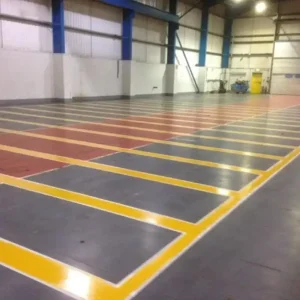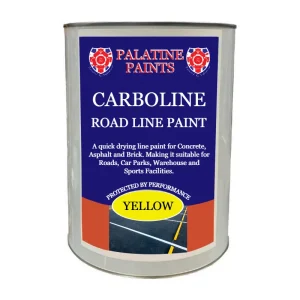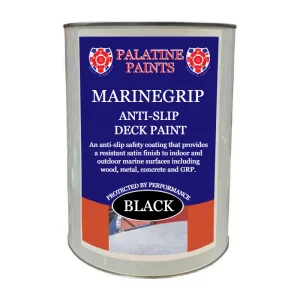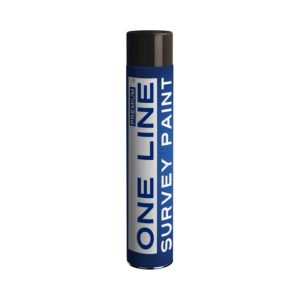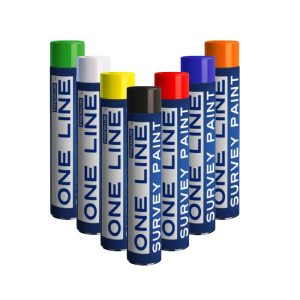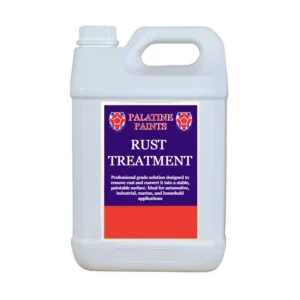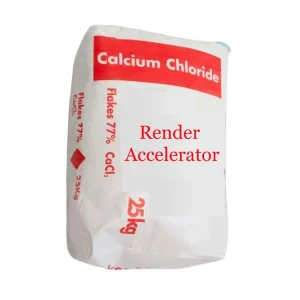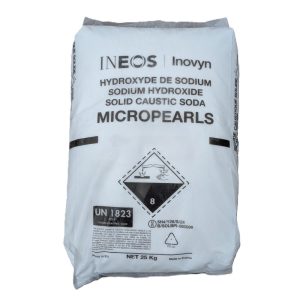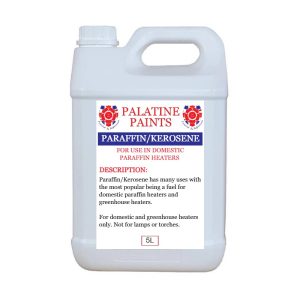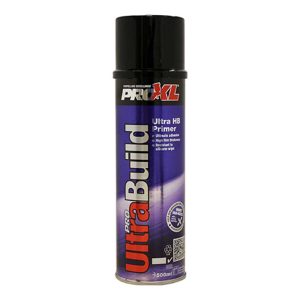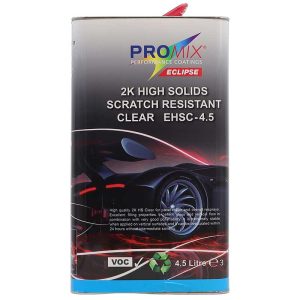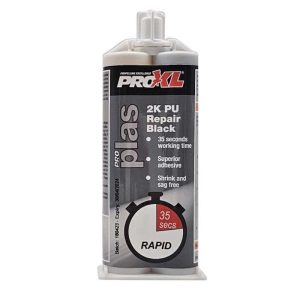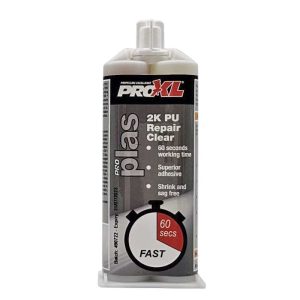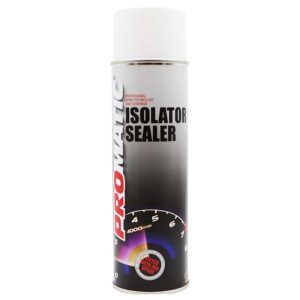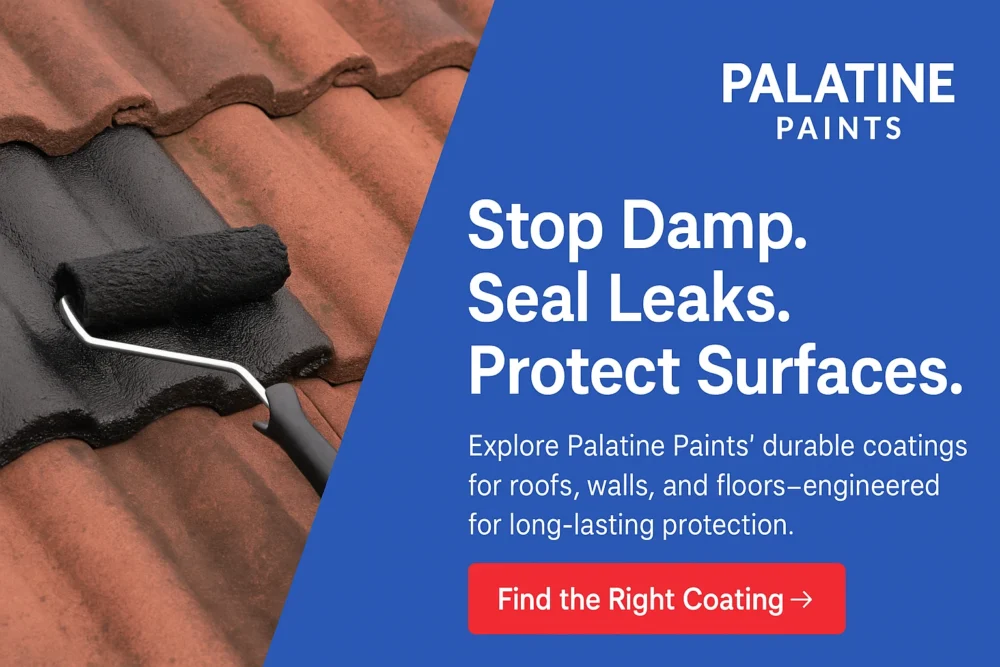All Blogs
Choosing the Right Waterproofing Coating for Your Project
Water intrusion, damp, and leaks are frequent culprits behind building damage, mould, and costly repairs. A well-chosen waterproofing coating doesn’t just mask issues — it protects your structure for years. In this comprehensive guide, we’ll walk you through selecting the correct waterproofing solutions UK homeowners and professionals trust, highlight leading product types (based on what people search for), and show you how to apply the best damp proof coating for lasting protection.
Why Waterproofing Is Essential
- ✅ Prevents structural decay – Moisture compromises concrete, masonry, and steel over time, leading to cracks, spalling, and corrosion.
- ✅ Improves internal comfort – Dry walls and floors discourage mould, mildew, and musty smells that affect air quality and health.
- ✅ Extends service life – A proper moisture barrier paint system reduces the need for repeated patching or expensive rework.
- ✅ Adapts to different materials – From brick and stone to timber and metal, modern coatings can be tailored to suit any substrate.
- ✅ Protects your investment – Whether it’s a home, warehouse, or industrial facility, waterproofing safeguards property value.
Step 1: Assess Your Surface and Conditions
- What surface are you protecting? (Concrete, brick, metal, timber, render, etc.)
- What conditions does it face? (Rising damp, rain exposure, UV damage, chemical contact, foot traffic, etc.)
| Surface | Common Issue | Ideal Coating Type |
|---|---|---|
| Concrete floor / basement | Rising damp or vapour transmission | Liquid Damp Proof Membrane (DPM) |
| Masonry or brick walls | Rain penetration or moisture ingress | Breathable masonry water repellent |
| Flat or pitched roof | UV exposure, pooling water, weathering | Acrylic or bitumen roof coating |
| Metal structures | Corrosion, rust, chemical exposure | Bitumen paint or flexible epoxy coating |
| Timber (sheds, fences) | Rot, decay, moisture absorption | Bitumen-based or wood-specific waterproof paint |
| Render or stucco | Cracking, water ingress, frost damage | Flexible masonry sealer or silicone repellent |
Step 2: Understand Coating Types & How They Perform
| Type | Best For | Key Benefits | Limitations |
|---|---|---|---|
| Bitumen-based coatings | Roofs, tanks, metal, timber | Cost-effective, flexible, excellent adhesion, UV-resistant when modified | Can be difficult to overpaint; not suitable for potable water |
| Liquid DPM / Epoxy membranes | Concrete floors and basements | High impermeability, durable, resistant to rising damp | Requires careful surface prep; not breathable |
| Acrylic or silicone repellents | Masonry, brick, and render | Breathable, weather-resistant, UV-stable, easy to apply | May require reapplication every 5-10 years |
| Polyurethane / Polyurea systems | Industrial floors, chemical environments | Hard-wearing, chemical and abrasion resistant, fast-curing | Higher cost; often requires professional application |
| Cementitious coatings | Basements, water tanks, tunnels | Excellent for negative water pressure, rigid, long-lasting | Not flexible; can crack with structural movement |
What Does “Breathable” Mean?
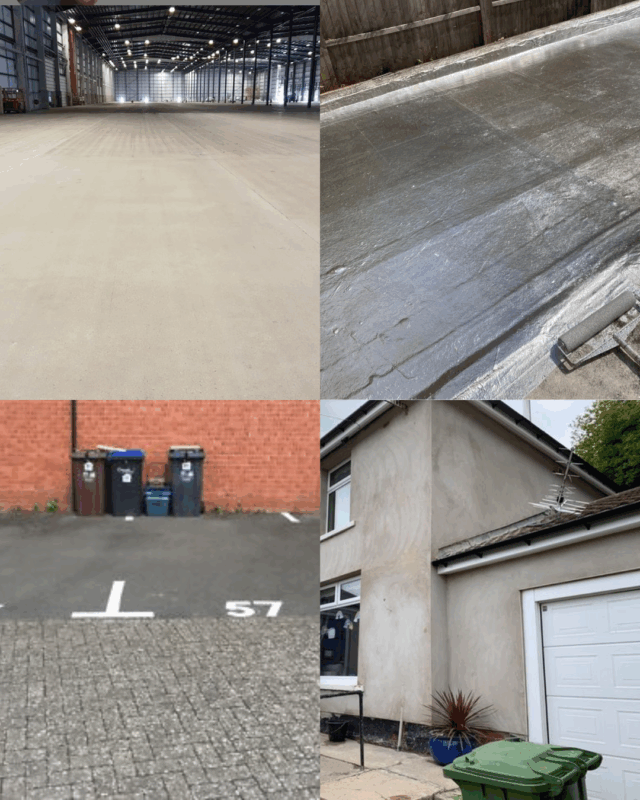
Step 3: Match Your Project to the Right Palatine Product
| Application | Recommended Product | Ideal For | Coverage | Key Features |
|---|---|---|---|---|
| Basement / concrete floor | Damp Proof Membrane Paint | Domestic floors, industrial slabs, garages | 4-6m² per litre | Prevents rising damp & moisture vapour; tough, solvent-based formula |
| Roof or guttering | Acrylic Roof Coating | Domestic & trade roofing projects | 5-8m² per litre | Quick-drying, flexible barrier; UV-resistant; suitable for felt, metal, concrete |
| Exterior walls | Masonry Water Repellent | Homes, warehouses, heritage buildings | 3-5m² per litre | Breathable, UV-resistant; invisible finish; protects against driving rain |
| Metal or timber | Bitumen Paint | Posts, sheds, gates, steelwork, tanks | 6-10m² per litre | Tough, economical & rust-resistant; excellent adhesion to metal and wood |
| Below-ground structures | Tanking Slurry / Membrane | Cellars, retaining walls, foundations | Varies by product | Waterproof under hydrostatic pressure; suitable for internal and external use |
How to Choose Between Products:
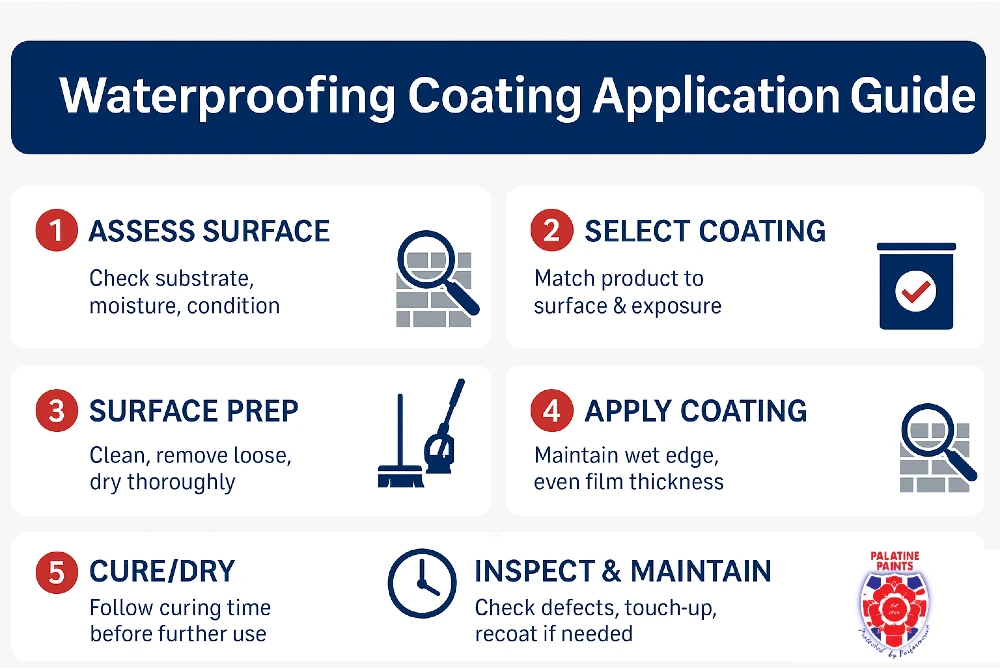
Step 4: How to Apply Waterproof Coatings Like a Pro
Surface Preparation (The Most Important Step)
Application Techniques
- Touch dry: 2-4 hours
- Recoat: 4-24 hours (product-dependent)
- Full cure: 2-7 days
Common Application Mistakes to Avoid
Step 5: Maintenance & Longevity
Inspection Schedule:
- Annually: Check for cracks, peeling, or areas where water may be pooling
- After storms: Inspect roofs, gutters, and exposed walls for damage
- Every 5-10 years: Consider recoating high-exposure areas (roofs, south-facing walls)
Conclusion: Protect Your Investment with the Right Coating
✅ Engineered for harsh UK conditions – Rain, frost, UV, and coastal exposure
✅ Cost-effective – Professional performance without the premium price tag
✅ Backed by technical support – Our team is here to help you choose and apply the right product
Ready to Get Started?
Need advice? Contact our technical team for project-specific recommendations
Sign up for our newsletter for exclusive tips, product launches, and special offers
FAQs About Waterproof Paint & Coatings
Q: What surfaces can I use waterproof paint on?
Q: What’s the difference between bitumen, epoxy, and acrylic waterproof coatings?
Q: Do I need a primer before using waterproof paint?
- Porous surfaces (bare concrete, brick, render)
- Dusty or powdery substrates
- Previously painted surfaces
- Metal (to prevent corrosion)
Q: Can I use waterproof paint indoors?
- Water-based DPMs
- Low-VOC acrylic coatings
- Cementitious tanking systems
- Solvent-based bitumen paints (strong odour, high VOCs)
- Industrial epoxy coatings (unless specifically rated for indoor use)
Q: How many coats do I need?
- Highly porous surfaces (bare concrete, brick) may need three coats
- Exposed or high-traffic areas (roofs, industrial floors) benefit from an extra coat
- Metal surfaces often need a primer plus two topcoats
Contacting us is easy!
Email: [email protected]
Call Us: 01942 884 122
Contact form: https://www.palatinepaints.co.uk/contact-us
Live Chat Service: Press the small blue icon at the bottom left of your screen.

